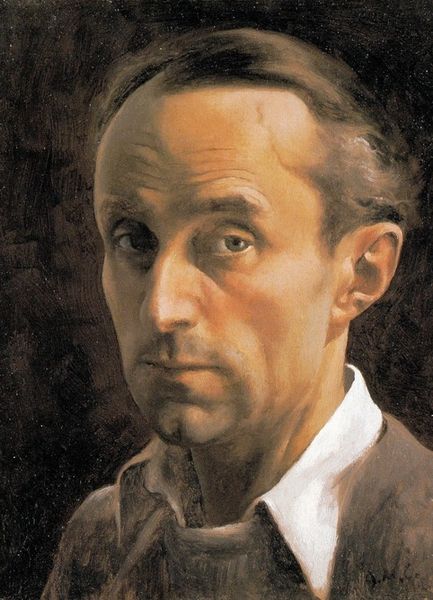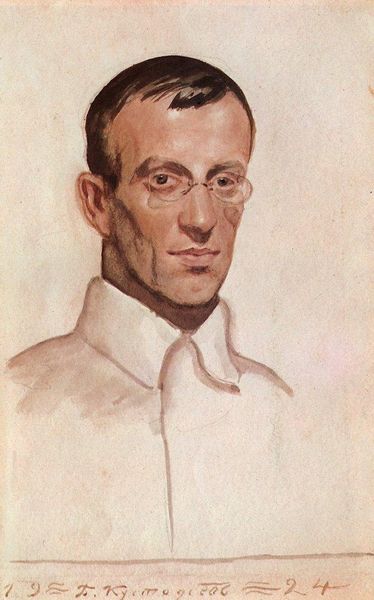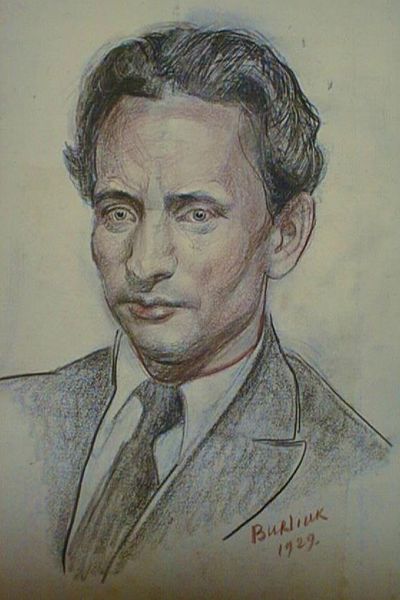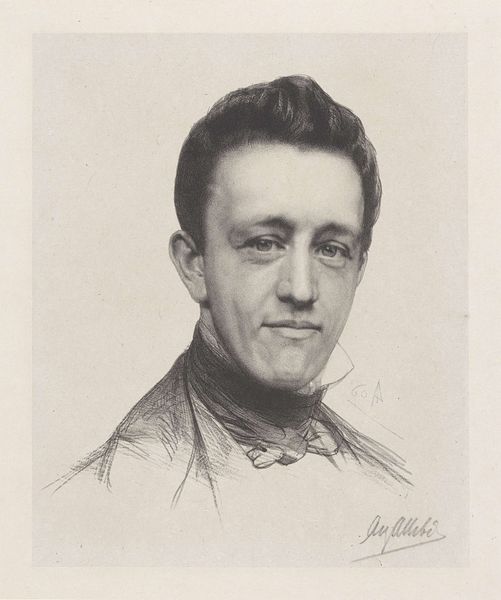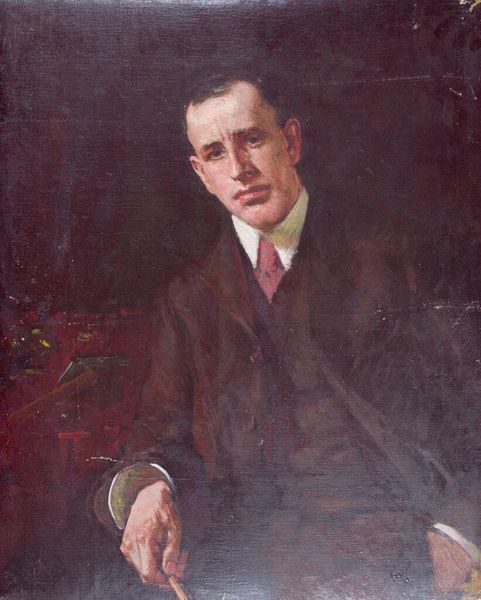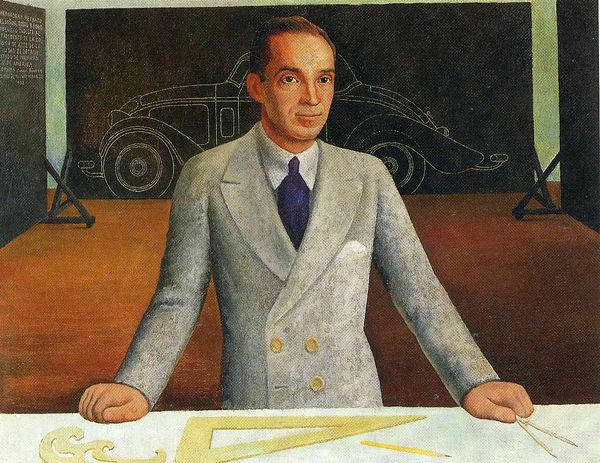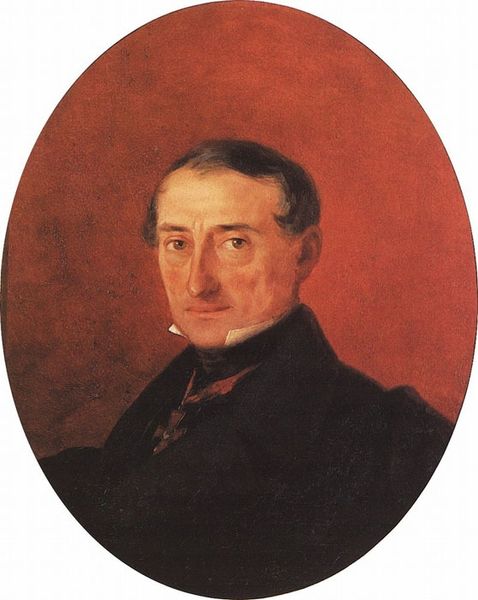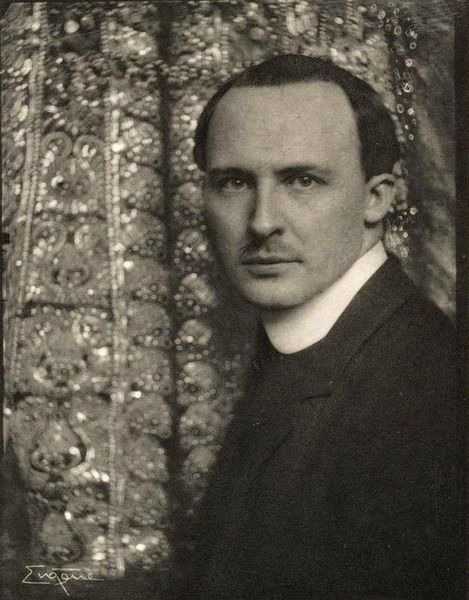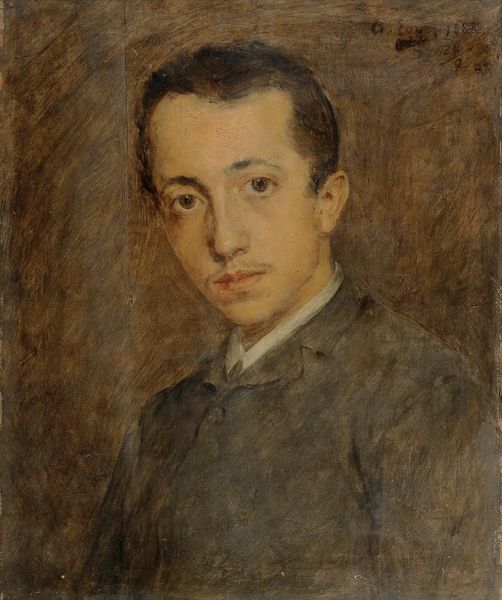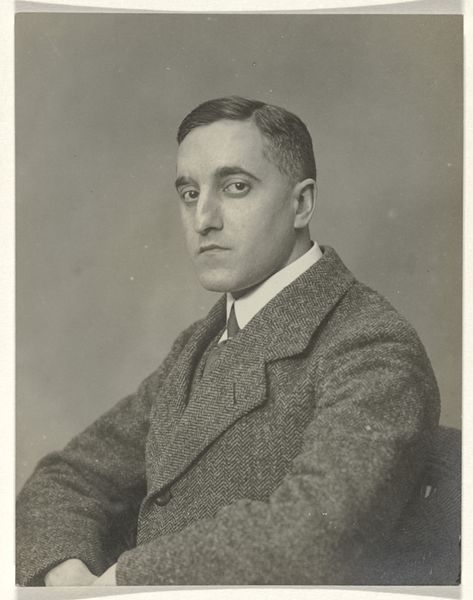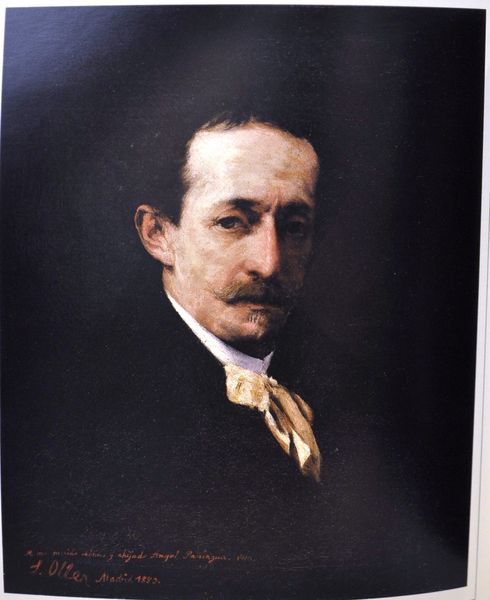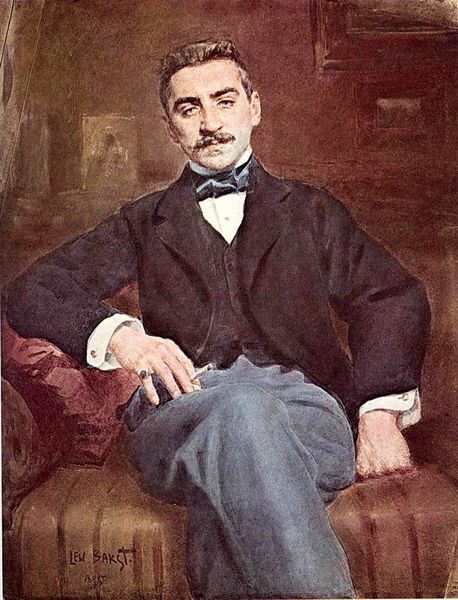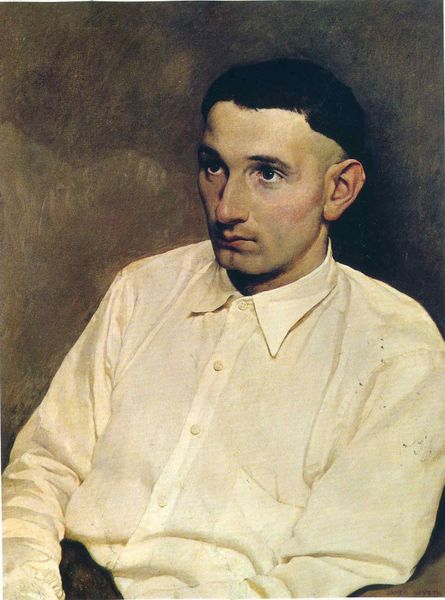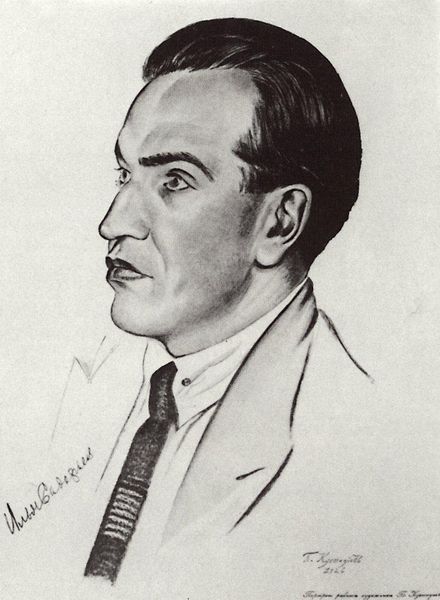
#
portrait image
#
portrait
#
portrait reference
#
portrait head and shoulder
#
human
#
animal drawing portrait
#
portrait drawing
#
facial portrait
#
portrait art
#
fine art portrait
#
digital portrait
Copyright: Felice Casorati,Fair Use
Curator: Here we have "Casella," a portrait by Felice Casorati. The somber palette initially gives a subdued, almost melancholic feeling. The sitter's gaze is direct, yet there’s a distance there, isn't there? Editor: Indeed, the palette contributes a great deal to that impression. Look at the textural complexity achieved; a careful handling of pigments is evident, almost dry in areas. There’s an engagement here with materials. I'm curious about the painting surface itself. Was this on canvas, or perhaps a prepared wood panel? The texture hints at an intense layering. Curator: That material sensibility certainly chimes with Casorati’s engagement with the 'Novecento Italiano' movement and their desire to evoke traditional values within modern conditions. What this involved, in practice, was a recovery of what some have called "honest" materials. Editor: Interesting. His subjects were often situated in such studied poses—a revival, of sorts. I wonder if the studio was consciously crafted, to generate an aura of bourgeois restraint; the backdrop adds a sculptural, neoclassical echo, setting up a very specific tension between modern individual and historic legacy. The framing and arrangement place the sitter in dialogue with this carefully staged backdrop. Curator: It also prompts interesting questions about display and what is valorised as fine art over, say, graphic design; the rendering suggests that the artistic act itself involved highly-trained craftspeople. Do we know who 'Casella' was? This knowledge informs my thinking on how to view this, and the value society gave the artwork when it was made. Editor: Biographical information regarding the sitter is proving scant, sadly. His place within Casorati’s artistic circles, however, would be fascinating to determine; did he patronize Casorati or engage with his works? Curator: In conclusion, 'Casella' reminds us how technique and materiality shaped a sitter's presence—allowing viewers a continued dialogue. Editor: And of how historical contexts shape not only creation but the way artworks function publicly, too, constantly open to new narratives across different audiences.
Comments
No comments
Be the first to comment and join the conversation on the ultimate creative platform.
